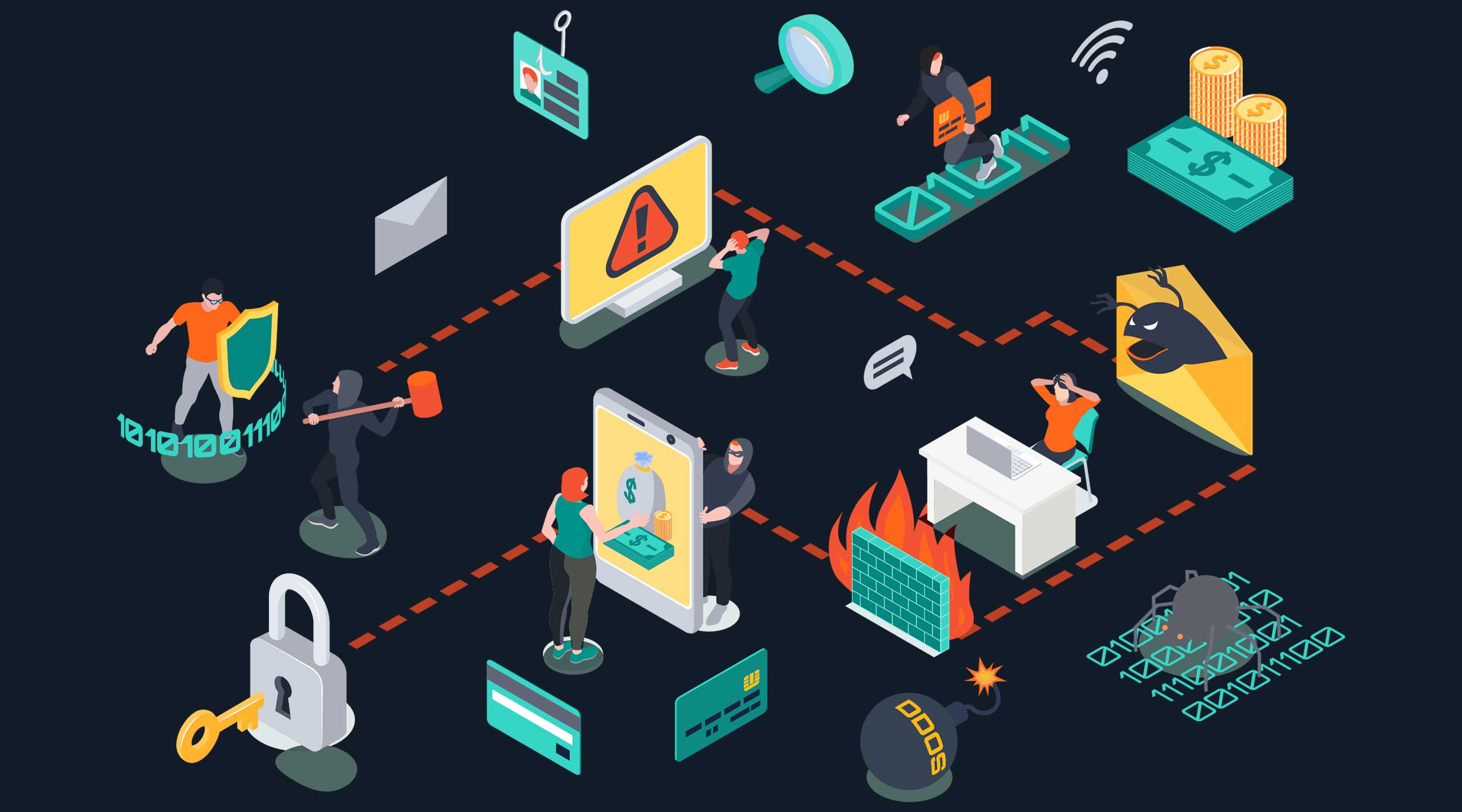
Guarding the Connected World: Exploring IoT Vulnerabilities
Introduction
The Internet of Things (IoT) has transformed the way we live, work, and interact with technology. While IoT devices offer remarkable convenience, they also introduce new challenges in the form of vulnerabilities that can compromise data, privacy, and security. In this blog, we’ll delve into the world of IoT vulnerabilities, understand the risks, and explore how to protect your IoT ecosystem.
Unveiling IoT Vulnerabilities
IoT vulnerabilities are weaknesses within IoT devices or networks that can be exploited by malicious actors. These vulnerabilities can exist at various levels, from hardware and firmware to communication protocols and user interfaces.
Common IoT Vulnerabilities
- Weak Passwords – Many IoT devices ship with default or weak passwords, making them easy targets for attackers.
- Outdated Firmware – Failure to update firmware and software leaves devices susceptible to known exploits.
- Insecure Communication – Data transmitted between IoT devices and servers may not be properly encrypted, allowing eavesdropping.
- Lack of Security Standards – A lack of universal security standards can lead to inconsistent security practices among IoT manufacturers.
- Physical Attacks – Some vulnerabilities can be exploited physically, such as tampering with device hardware.
The Risks of IoT Vulnerabilities
The consequences of IoT vulnerabilities can be severe, including:
- Data Breaches – Unauthorized access to IoT devices can result in data breaches, compromising personal information, and sensitive data.
- Privacy Intrusions – Hackers can gain access to IoT cameras, microphones, or sensors, invading the privacy of users.
- Network Compromises – Vulnerable IoT devices can be used as entry points to compromise an entire network, potentially affecting other connected devices.
- Distributed Denial of Service (DDoS) Attacks – Compromised IoT devices can be harnessed for botnets, contributing to DDoS attacks against websites or networks.
Mitigating IoT Vulnerabilities
Protecting your IoT ecosystem is essential. Here are some strategies to mitigate IoT vulnerabilities:
- Change Default Credentials – Always change default passwords and use strong, unique ones for each device.
- Regular Updates – Keep IoT devices’ firmware and software up-to-date to patch known vulnerabilities.
- Segment Networks – Isolate IoT devices on a separate network from critical systems to limit the potential impact of a breach.
- Encryption – Ensure that data transmission between IoT devices and the cloud is encrypted.
- Security by Design – Choose IoT devices from reputable manufacturers that prioritize security in their designs.
- IoT Security Solutions – Invest in IoT security solutions that offer threat detection and monitoring.
Conclusion: Protecting the Connected Future
IoT vulnerabilities are a real and growing concern in an increasingly connected world. By understanding these vulnerabilities and taking proactive steps to secure your IoT devices, you can enjoy the benefits of smart technology while safeguarding your privacy, data, and digital assets. It’s a collaborative effort between consumers, manufacturers, and the tech industry as a whole to ensure that the IoT ecosystem remains safe and reliable.

